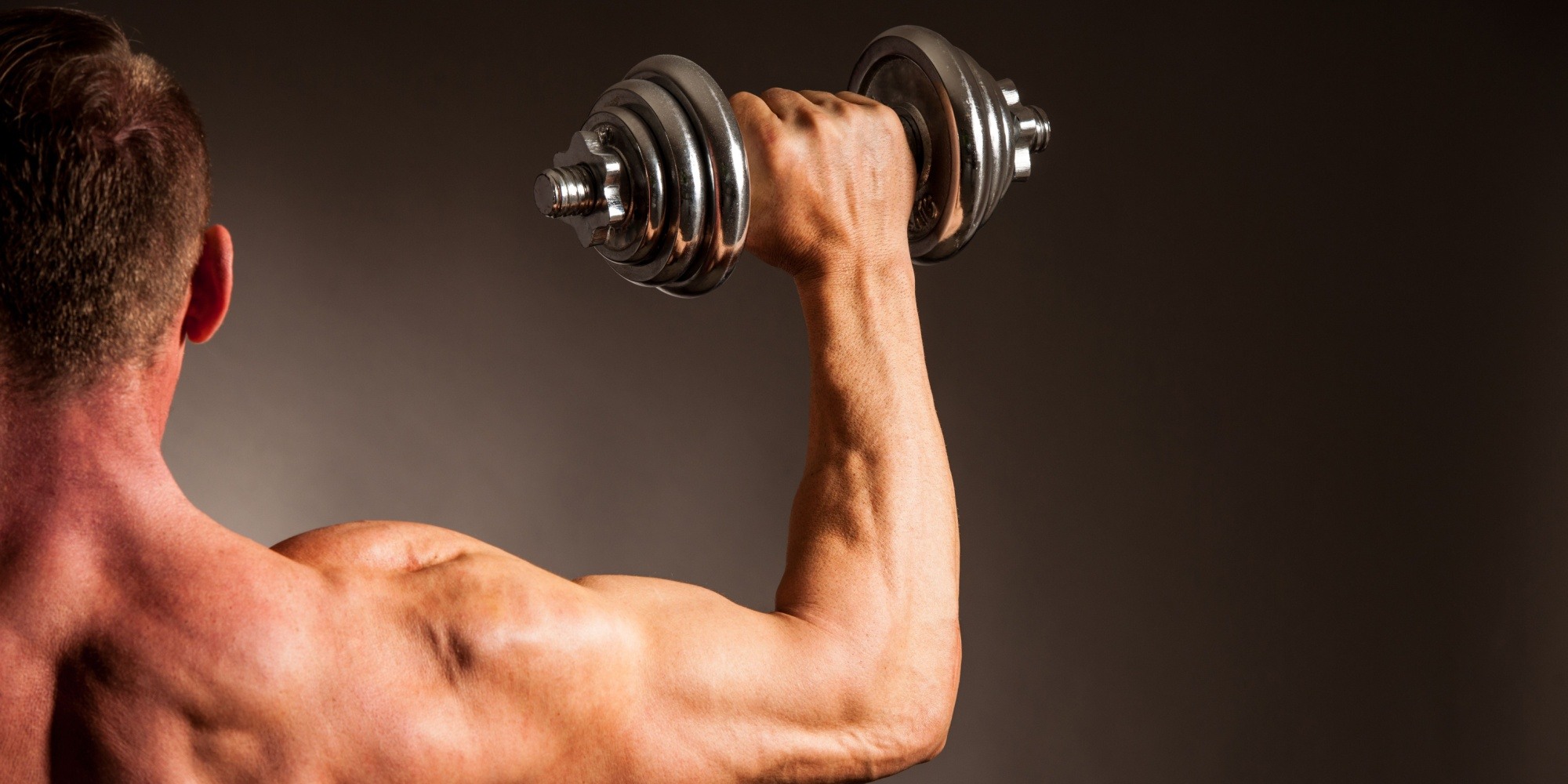How Hardgainers Can Add Muscle Mass
Jun 19, 2024 mindpumpSome people can just look at a weight and gain muscle. Most of us aren’t so lucky. In fact, some people can do everything right and still struggle to put on size. It’s an injustice! I mean, maybe not one worth a global protest, but it at least deserves a 500-word blog. So, consider this my shot at activism.
It’s not easy being a hardgainer. Going big for small results takes its toll on you. But understanding the science and employing targeted strategies will help you finally build the muscle you’re desperately chasing. Here are four evidence-based steps for hardgainers to add mass effectively.
Step #1: Caloric Surplus
Hardgainers often underestimate the number of calories required to build muscle. Building muscle requires a caloric surplus, meaning you need to consume more calories than your body burns. This surplus provides the necessary energy for muscle repair and growth. Studies suggest that a caloric surplus of 250-500 calories per day is ideal for muscle gain without excessive fat accumulation. Tracking your caloric intake using apps or food diaries can ensure you’re consistently eating enough to support muscle growth. If you don’t track calories for whatever reason, a good judge is to make sure you’re carrying around a little fluff. If you’re absolutely shredded, you’re probably not eating enough.
Step #2: Protein Intake
Protein is essential for muscle repair and growth. Hardgainers must ensure they are consuming enough high-quality protein to support their muscle-building efforts. Research indicates that consuming 1.6 to 2.2 grams of protein per kilogram of body weight per day is optimal for muscle hypertrophy. This means incorporating protein-rich foods such as lean meats, dairy, eggs, and plant-based proteins into every meal. Additionally, protein supplements like whey or casein can help meet daily protein requirements if you happen to fall behind on your meals.
Step #3: Progressive Overload
Progressive overload is the gradual increase of stress placed on the body during training. This principle is the root of muscle growth, as it forces the muscles to adapt and grow stronger over time. Hardgainers should focus on progressively increasing the weight they lift, the number of sets and reps, or the intensity of their workouts. I know it sounds basic, but it’s often overlooked. When you’re chasing gains, it’s easy to lose sight of what’s important. I suggest using a workout journal. It’ll keep you from getting distracted by the pump and focus instead on the progress.
Step #4: Recovery and Sleep
Muscle growth occurs during recovery periods, not during workouts. Adequate rest and sleep are vital for muscle repair and growth. Studies show that adults need 7-9 hours of sleep per night to optimize muscle recovery and performance. Overtraining without sufficient rest can lead to muscle breakdown and increased risk of injury. Hardgainers should prioritize rest days and ensure they are getting quality sleep to allow their muscles to recover and grow effectively. This is especially true for younger weightlifters who often are poor judges of fatigue. When you’re 19, you can bench press, go for a five-mile jog on the beach, then go to a three-hour soccer practice and you might feel great the next day. But that doesn’t mean you’re optimally recovered.
Conclusion
Gaining muscle mass as a hardgainer requires a strategic approach that actually addresses the unique challenges faced by people with fast metabolisms and difficulty gaining weight. By staying in a caloric surplus, consuming heaps of protein, practicing progressive overload, and prioritizing recovery and sleep, hardgainers can finally get big.







